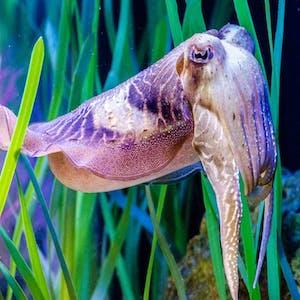Microplastics in Sepia officinalis caught on the central Adriatic coast: preliminary results

Accepted: 13 February 2023
HTML: 14
All claims expressed in this article are solely those of the authors and do not necessarily represent those of their affiliated organizations, or those of the publisher, the editors and the reviewers. Any product that may be evaluated in this article or claim that may be made by its manufacturer is not guaranteed or endorsed by the publisher.
Authors
Microplastics (µPs) represent an emerging problem for the marine environment given their wide bioavailability for all aquatic organisms, from zooplankton to top predators. This work aimed to evaluate a method of extracting microplastics from the gastrointestinal tract of 122 Sepia officinalis caught from the Adriatic Sea (along Abruzzo region coasts) to measure its quantity in a poorly investigated species. The extraction method used for gastrointestinal content was performed using 10% potassium hydroxide. In 98/122 (80.32-95% CI=73.27-87.37%) wild animals microplastics were detected with a mean concentration of 6.82±5.52 µPs/subject. Among the fragments, as supported by various authors, those of black color were the most represented ones; however, also blue fibers and transparent spheres were isolated. This study, in agreement with previous ones, poses further attention to the wide microplastic diffusion in the marine environment (surface, columns, sediments, and animals). The obtained results provide the basis for future investigations on this public health concern.
How to Cite

This work is licensed under a Creative Commons Attribution-NonCommercial 4.0 International License.
PAGEPress has chosen to apply the Creative Commons Attribution NonCommercial 4.0 International License (CC BY-NC 4.0) to all manuscripts to be published.

 https://doi.org/10.4081/ijfs.2023.9971
https://doi.org/10.4081/ijfs.2023.9971



